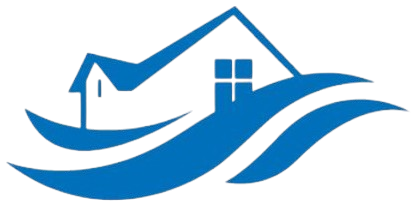Wet Insulation Removal Services in Westwood, California: Expert Solutions for Water Damage
Possible Causes of Wet Insulation in Westwood
Water intrusion is a common issue that leads to wet insulation in homes and businesses here. Leaking pipes, roof leaks, or faulty appliances can allow water to seep into ceilings, walls, and floors. Over time, this moisture can accumulate within the insulation, creating a perfect environment for mold and mildew growth.
Another frequent cause is plumbing system failure or burst pipes, especially during cold seasons. When pipes freeze or crack, they can release significant amounts of water, saturating the insulation materials. Poor drainage or improper ventilation can also contribute to excess moisture accumulation, exacerbating the problem and leading to further structural concerns.
How We Can Fix Wet Insulation Problems
Our team’s first step is thorough assessment and inspection of the affected areas. We identify the source of water intrusion and evaluate the extent of the moisture damage to determine the best course of action. This initial step is crucial to ensure complete removal of water and prevent future issues.
Once the source of water is addressed, our experts employ specialized equipment such as high-power dryers and moisture meters. We meticulously extract the wet insulation and dry the surrounding areas to inhibit mold growth. Our team also implements advanced dehumidification techniques that restore the indoor environment to a safe and healthy condition.
Following drying, we remove any compromised insulation materials that pose health risks or structural concerns. We then replace the damaged insulation with high-quality, water-resistant materials designed to improve energy efficiency and prevent future moisture issues. Our comprehensive approach guarantees a thorough restoration, extending the lifespan of your property’s structure.
Why We Are the Best Choice for Wet Insulation Removal in Westwood
Our team at Burbank WaterWorks has extensive experience handling water damage restoration projects in Westwood and the surrounding areas. We understand the unique challenges posed by local weather and building structures, which allows us to deliver tailored solutions for each client.
We prioritize prompt response times to mitigate damage quickly and prevent mold growth and structural deterioration. Our experts utilize state-of-the-art technology and proven methods to ensure efficient, effective services. With a focus on safety and thoroughness, we aim to restore your property as swiftly as possible.
Customer satisfaction is our top priority. We are committed to transparent communication, detailed estimates, and exceptional service at every step. Our team works diligently to deliver reliable, lasting solutions that protect your home and family. Call us today at (888) 884-7150 to get started and experience the difference firsthand.
Frequently Asked Questions
What are the signs of water-damaged insulation?
Signs include visible mold growth, a musty odor, discoloration of walls or ceilings, and increased humidity levels. You may also notice higher energy bills due to decreased insulation efficiency.
Can wet insulation be dried without removal?
In some cases, minor moisture can be dried in place using industrial dehumidifiers and air movers. However, heavily saturated or mold-contaminated insulation typically requires removal for thorough drying and sanitation.
How long does the insulation removal and replacement process take?
The duration depends on the extent of water damage and the size of the affected area. Generally, it can take from one to three days to complete removal, drying, and new insulation installation.
Is all insulation material suitable for water damage repair?
No, not all insulation types can withstand moisture exposure. Our team recommends water-resistant insulation options, such as spray foam or mineral wool, to prevent future problems and enhance durability.
What should I do immediately after noticing water damage?
Contact our experts at (888) 884-7150 as soon as possible to assess the damage. Limiting additional water exposure and avoiding attempts at DIY repairs can help minimize long-term damage and health risks.
